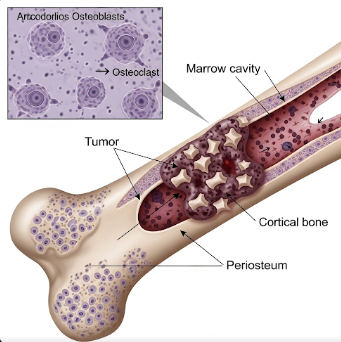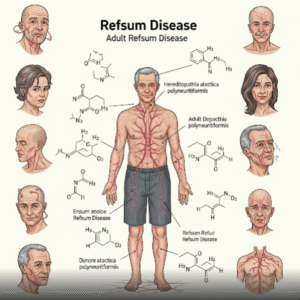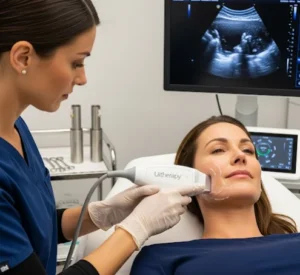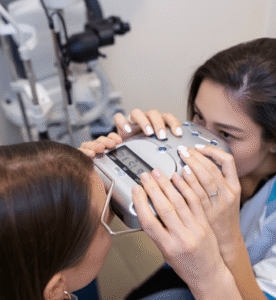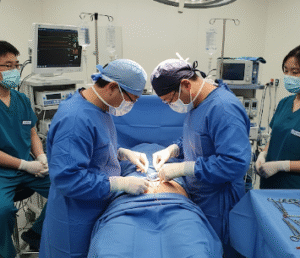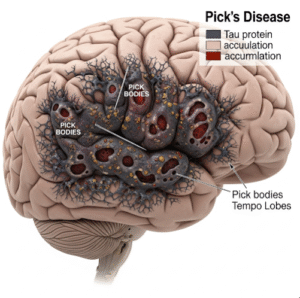Overview
Bone cancer is a malignant tumor that originates in the bone tissue, disrupting normal bone function and structure. While primary bone cancers are rare, they can be aggressive and life-threatening. Common types include osteosarcoma, chondrosarcoma, and Ewing’s sarcoma. Bone cancer can affect any bone, but it most often occurs in long bones of the arms and legs, pelvis, or spine.
In Korea, bone cancer is diagnosed and treated in specialized oncology centers and orthopedic hospitals. The country offers advanced surgical techniques, chemotherapy protocols, targeted therapies, and rehabilitation programs to optimize outcomes and preserve quality of life for patients. Early diagnosis and multidisciplinary care are key to improving survival rates.
What is Bone Cancer?
Bone cancer occurs when cells in the bone grow uncontrollably, forming tumors that may weaken bones, cause pain, and spread to other organs. There are two main categories:
- Primary bone cancer: Cancer that begins in the bones themselves, such as osteosarcoma, chondrosarcoma, and Ewing’s sarcoma.
- Secondary (metastatic) bone cancer: Cancer that spreads to the bones from other organs, such as the breast, prostate, or lungs.
Primary bone cancers are most common in children and young adults, while secondary bone cancers typically affect older adults with pre-existing cancers.
Symptoms
Bone cancer can present with a variety of signs and symptoms, which may progress over time:
- Persistent bone pain, often worsening at night or with activity
- Swelling or a palpable lump over the affected bone
- Fractures from weakened bone structure
- Reduced mobility or difficulty using the affected limb
- Fatigue, weight loss, or fever in advanced cases
- Numbness or tingling if the cancer presses on nerves
- Night sweats or general malaise
Symptoms vary depending on tumor type, location, and size, and may resemble other bone conditions initially.
Causes
The exact cause of bone cancer is not fully understood, but it involves genetic mutations, abnormal cell growth, and environmental factors:
Genetic factors:
- Mutations in genes controlling cell growth may increase susceptibility
- Family history of bone cancer or genetic syndromes (e.g., Li-Fraumeni syndrome)
Environmental factors:
- Previous radiation exposure or chemotherapy for other cancers
- Certain chemicals or occupational hazards may contribute in rare cases
Other factors:
- Rapid bone growth during adolescence may contribute to osteosarcoma development
- Chronic bone conditions or previous fractures rarely predispose to cancer
Risk Factors
- Age: Osteosarcoma and Ewing’s sarcoma commonly affect children and adolescents; chondrosarcoma affects adults
- Genetic syndromes: Li-Fraumeni syndrome, hereditary retinoblastoma
- Previous radiation therapy: Exposure increases the risk of secondary bone cancers
- Bone disorders: Paget’s disease or chronic bone inflammation
- Family history: Rare hereditary predisposition
Complications
Bone cancer can lead to severe complications if untreated:
- Pathologic fractures: Weakened bones can break spontaneously or with minor trauma
- Spread (metastasis): Often to the lungs, liver, or other bones
- Chronic pain and reduced mobility affecting daily life
- Nerve compression: Leading to numbness, tingling, or paralysis
- Infection: Particularly after surgery or in open fractures
- Emotional and psychological impact: Anxiety, depression, and reduced quality of life
Prevention
Primary bone cancer cannot be fully prevented due to genetic and unknown factors. However, certain measures may help reduce risk or detect the disease early:
- Awareness of bone pain or swelling: Prompt medical evaluation of persistent symptoms
- Regular check-ups for individuals with genetic syndromes or previous radiation exposure
- Healthy lifestyle: Adequate nutrition, physical activity, and avoiding exposure to carcinogens
- Monitoring children with rapid bone growth or skeletal abnormalities
Treatment Options in Korea
Diagnosis
Korean hospitals utilize advanced diagnostic techniques for bone cancer:
- Physical examination: Assessing swelling, tenderness, and mobility
- Imaging: X-ray, MRI, CT scans, and PET scans to determine tumor size and location
- Biopsy: Essential for confirming cancer type and grade
- Laboratory tests: Blood tests to evaluate general health and detect markers of cancer
- Genetic testing: In some cases to identify mutations and guide targeted therapy
Medical Management
- Chemotherapy: Used to shrink tumors before surgery (neoadjuvant) or destroy remaining cancer cells after surgery (adjuvant)
- Targeted therapy: Drugs that specifically attack cancer cells with certain genetic markers
- Pain management: Analgesics and supportive care to improve comfort
Surgical Management
- Limb-sparing surgery: Removes the tumor while preserving as much bone and function as possible
- Amputation: Considered if the tumor is extensive or near critical structures
- Reconstructive surgery: Bone grafts or prosthetics to restore function after tumor removal
- Minimally invasive techniques: Available in advanced Korean orthopedic centers
Supportive Care
- Physical therapy: Restores mobility, strength, and balance after surgery
- Nutritional support: Maintains overall health and assists recovery
- Psychological counseling: Helps patients and families cope with diagnosis and treatment
- Follow-up monitoring: Regular scans to detect recurrence or metastasis
Prognosis
The prognosis of bone cancer in Korea depends on tumor type, stage, location, patient age, and treatment adherence:
- Early detection and comprehensive treatment significantly improve survival
- Osteosarcoma and Ewing’s sarcoma have better outcomes in younger patients with localized disease
- Chondrosarcoma prognosis depends on tumor grade and surgical success
- Advanced or metastatic disease requires aggressive therapy and has a more guarded prognosis
- With Korea’s advanced surgical and oncology care, many patients achieve long-term survival and improved quality of life

